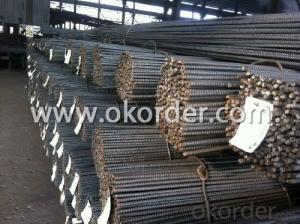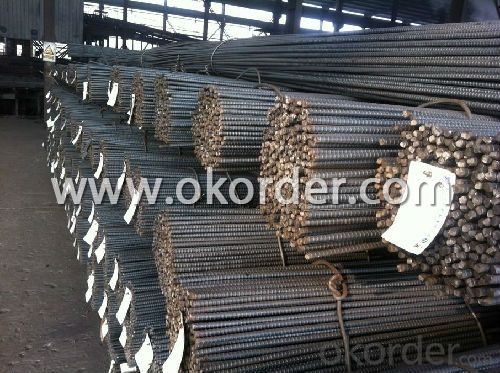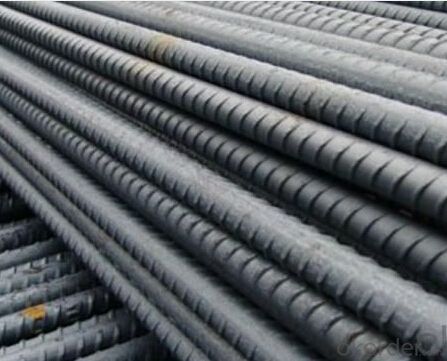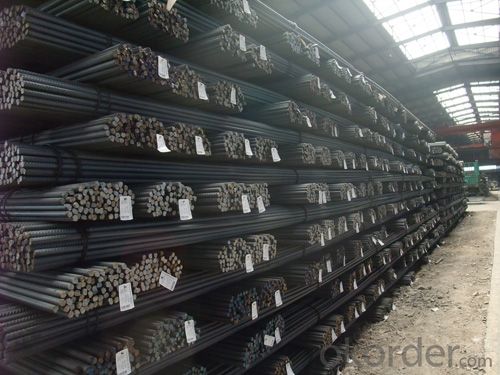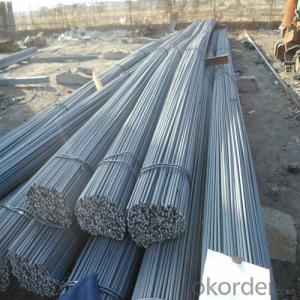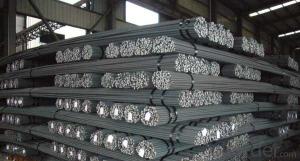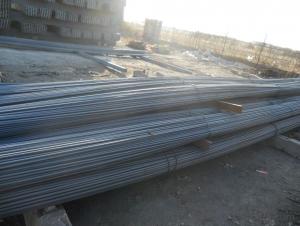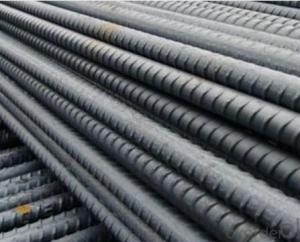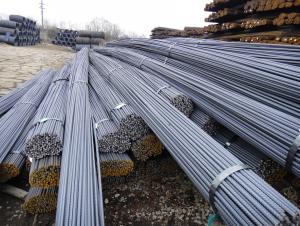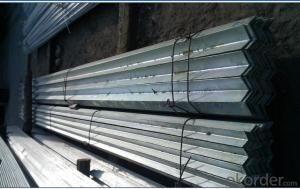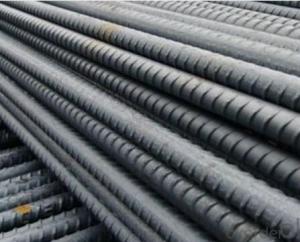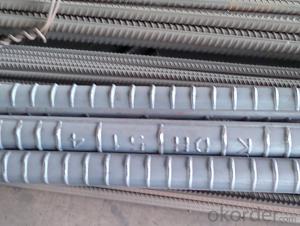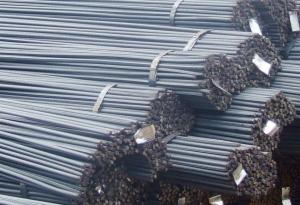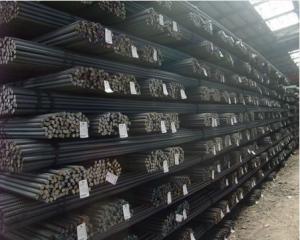DIN STANDARD HIGH QUALITY HOT ROLLED REBAR
- Loading Port:
- Tianjin
- Payment Terms:
- TT OR LC
- Min Order Qty:
- 50 m.t.
- Supply Capability:
- 100000 m.t./month
OKorder Service Pledge
OKorder Financial Service
You Might Also Like
Product Description:
Appearance: Black
Technique: Slitting hot rolled steel coil
Grade: Q235, Q195,A36 SS400 S235jr.St37-2
Standard: AISI,GB,DIN,ASTM,EN,JIS
Length: 6m, 9m, 12m or as your requirement.
Width: 10mm-1010mm
Thickness: 1.5mm-20mm
Business type: big manufacture
Place of origin: Tianjin China (Mainland)
Packaging Details: In bundles for exporting and sea worthy
Delivery Detail: Within 15-35 days after receiving L/C or deposite T/T
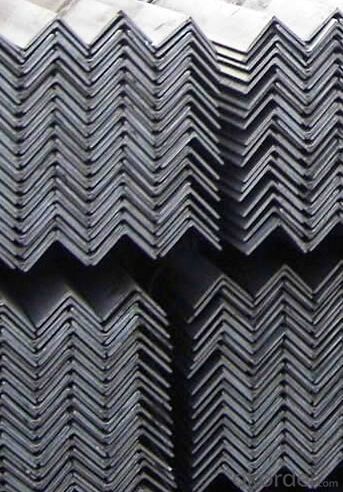
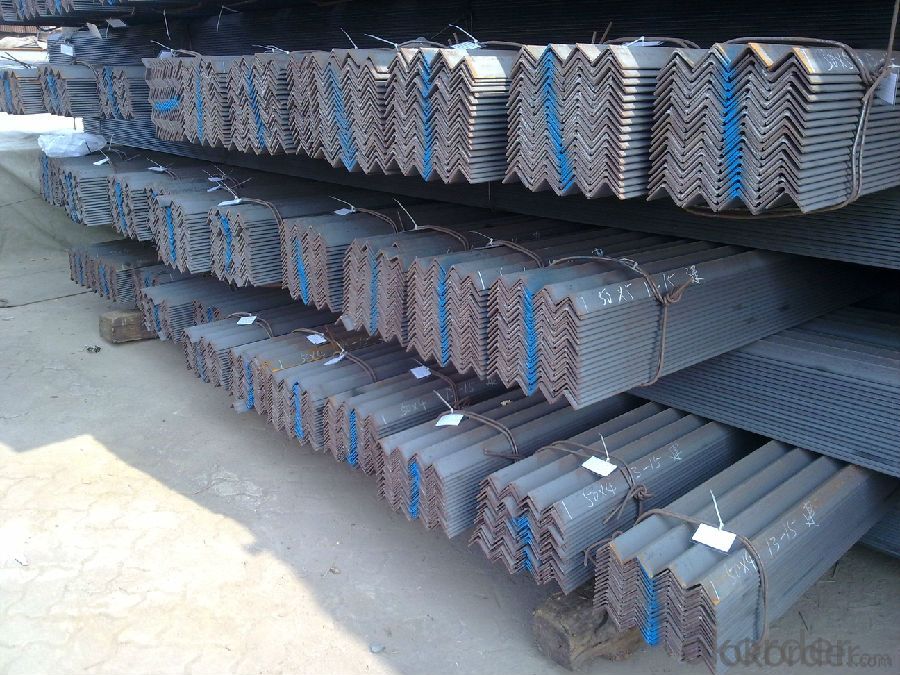
General specification as below:
Flat Bar Specification | |||
Width (mm) | Thickness (mm) | Length (m) | Theoretical Weight (kg/m) |
20 | 2.0 | 6/9/12 | 0.31 |
20 | 2.5 | 6/9/12 | 0.39 |
20 | 2.75 | 6/9/12 | 0.43 |
25 | 2.5 | 6/9/12 | 0.49 |
25 | 3.75 | 6/9/12 | 0.74 |
30 | 2.5 | 6/9/12 | 0.59 |
30 | 3.5 | 6/9/12 | 0.82 |
30 | 9.75 | 6/9/12 | 2.30 |
40 | 3.5 | 6/9/12 | 1.10 |
40 | 4.75 | 6/9/12 | 1.50 |
40 | 11.75 | 6/9/12 | 3.69 |
50 | 2.75 | 6/9/12 | 1.08 |
50 | 4.5 | 6/9/12 | 1.77 |
50 | 9.75 | 6/9/12 | 3.83 |
60 | 5.5 | 6/9/12 | 2.60 |
60 | 7.5 | 6/9/12 | 3.53 |
60 | 11.5 | 6/9/12 | 5.42 |
80 | 5.5 | 6/9/12 | 3.45 |
80 | 7.5 | 6/9/12 | 4.71 |
80 | 11.75 | 6/9/12 | 7.38 |
100 | 3.25 | 6/9/12 | 2.55 |
100 | 4.75 | 6/9/12 | 3.73 |
100 | 7.5 | 6/9/12 | 5.89 |
120 | 9.75 | 6/9/12 | 9.18 |
120 | 11.75 | 6/9/12 | 11.07 |
150 | 9.75 | 6/9/12 | 11.48 |
150 | 11.5 | 6/9/12 | 13.54 |
150 | 13.5 | 6/9/12 | 15.90 |
160 | 11.75 | 6/9/12 | 14.76 |
200 | 9.5 | 6/9/12 | 14.92 |
250 | 5.75 | 6/9/12 | 11.28 |
340 | 7.75 | 6/9/12 | 20.68 |
Products Advantages
1. high quality competitive price and Accurate in size
2. high dimensional accuracy
3. Guaranteed raw material
4.high utilization rate of material
5.convenient in construction, saving much time and labor
6. high mechanical strength
Application: Widely used for construction, Ship building, Machinery manufacturing ,steel structure,agriculture and steel grating.
- Q: Can steel rebars be used in structures with high electrical conductivity requirements?
- No, steel rebars cannot be used in structures with high electrical conductivity requirements as steel is a poor conductor of electricity.
- Q: What is the standard diameter of steel rebars?
- Steel rebars usually have a standard diameter that falls between 6 millimeters and 50 millimeters. The most frequently used diameters are 10 millimeters, 12 millimeters, 16 millimeters, and 20 millimeters. The choice of a particular diameter for a steel rebar depends on the specific application and the structural demands of the construction project. These rebars are commonly employed in reinforced concrete structures to bolster their tensile strength and overall endurance.
- Q: How do steel rebars contribute to the ductility of reinforced concrete structures?
- The ductility of reinforced concrete structures is enhanced by steel rebars which serve multiple purposes. Firstly, by resisting tensile forces, the rebars prevent the concrete from cracking or failing under tension. This allows the structure to deform and absorb energy without catastrophic failure. Secondly, the rebars distribute applied loads across a wider area, reducing localized concentrations and promoting flexibility and energy absorption. Additionally, the rebars provide anchorage and confinement to the concrete, preventing slippage and expansion under tension. In conclusion, steel rebars contribute to the overall ductility of reinforced concrete structures by providing tensile strength, stress redistribution, and anchorage and confinement capabilities.
- Q: Can steel rebars be used in high-rise buildings?
- Yes, steel rebars can be used in high-rise buildings. Steel rebars are commonly used as reinforcement in concrete structures, including high-rise buildings, to increase their strength and durability. The use of steel rebars helps to distribute the load and enhance the structural integrity of the building, making them a suitable choice for high-rise construction.
- Q: Can steel rebars be used in structures subjected to extreme temperatures?
- Yes, steel rebars can be used in structures subjected to extreme temperatures. However, it is important to consider the specific grade and composition of the steel and the temperature range it can withstand without losing its structural integrity. Additionally, certain precautions and appropriate design considerations may be necessary to ensure the performance and durability of the steel rebars in extreme temperature conditions.
- Q: Can steel rebars be used in structures with heavy snow loads?
- Yes, steel rebars can be used in structures with heavy snow loads. Steel rebars provide strength and reinforcement to concrete structures, which helps them withstand heavy loads, including the weight of snow. Additionally, steel rebars have high tensile strength and can resist bending and deformation caused by snow loads, making them suitable for such structures.
- Q: What are the common defects found in steel rebars?
- Some common defects found in steel rebars include surface cracks, improper dimensions, bending or twisting, rust or corrosion, and inadequate strength due to poor quality control during manufacturing or handling processes.
- Q: What is the average lifespan of steel rebars in concrete structures?
- The average lifespan of steel rebars in concrete structures can vary depending on several factors. Generally, if the concrete is of good quality and properly maintained, the rebars can last for several decades. However, exposure to environmental conditions such as moisture, chemicals, and temperature fluctuations can accelerate the corrosion process, leading to a shorter lifespan. In areas with high humidity or proximity to saltwater, rebars may corrode more quickly. Additionally, poor construction practices, such as inadequate concrete cover or improper placement of rebars, can also impact their lifespan. Regular maintenance and inspections can help identify any potential issues and extend the lifespan of steel rebars in concrete structures.
- Q: How are steel rebars transported to the construction site?
- Various methods are employed for the transportation of steel rebars, also known as reinforcing bars, to construction sites. One commonly used approach involves the use of trucks. The rebars are loaded onto flatbed trucks or trailers and firmly secured with straps or chains to prevent any shifting during transit. These trucks are specially designed to withstand the weight and length of the rebars, boasting robust frames and loading mechanisms. Another method is rail transportation. Steel rebars can be loaded onto rail cars, either on flatcars or in specialized containers, and transported to the construction site. This method proves particularly advantageous for long-distance transportation, as it offers a more cost-effective and efficient solution for large quantities of rebars. For construction projects situated near waterways, the transportation of rebars can also be accomplished by sea or barge. The rebars are loaded onto ships or barges and properly secured to prevent any damage or movement during transit. This method is commonly employed for projects necessitating substantial quantities of rebars or for construction sites located on islands or in coastal areas. Upon arrival at the construction site, cranes or forklifts are typically utilized to unload the steel rebars. These rebars are then either stored in designated areas or immediately employed for reinforcement in the construction process. It is of utmost importance to handle the transportation of rebars with caution, as this ensures their structural integrity and guards against potential accidents or damage during transit.
- Q: What is the role of steel rebars in industrial construction?
- The role of steel rebars in industrial construction is to provide reinforcement and strength to concrete structures. They are used to prevent cracking and increase the load-bearing capacity of the construction.
Send your message to us
DIN STANDARD HIGH QUALITY HOT ROLLED REBAR
- Loading Port:
- Tianjin
- Payment Terms:
- TT OR LC
- Min Order Qty:
- 50 m.t.
- Supply Capability:
- 100000 m.t./month
OKorder Service Pledge
OKorder Financial Service
Similar products
Hot products
Hot Searches
Related keywords
